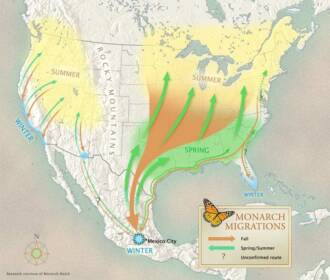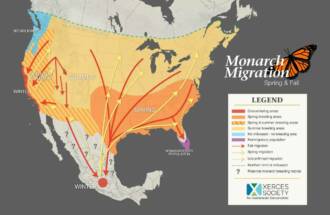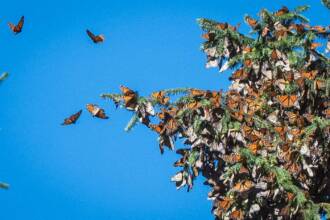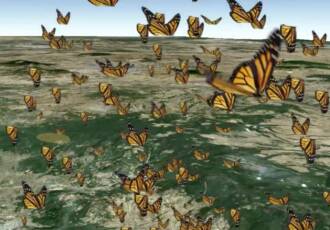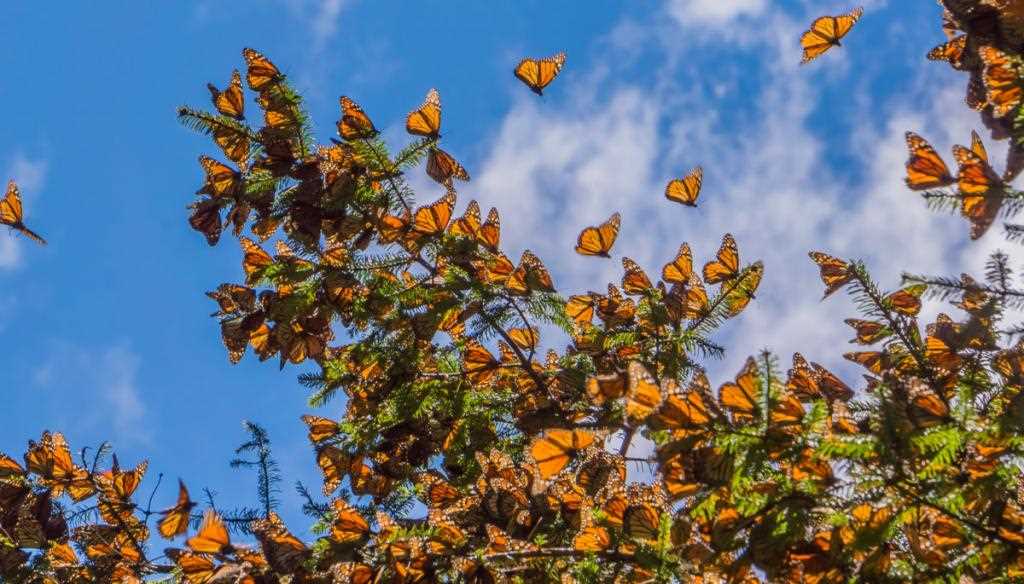
The world of butterflies is full of mysteries and amazing phenomena. One of the most exciting and amazing events in the life of butterflies is their migration. Every year, millions of butterflies go on long journeys, overcoming huge distances and overcoming many obstacles.
The causes of butterfly migrations are still the subject of research by scientists. However, the main reason for migrations is related to the search for food and more favorable conditions for reproduction. Butterflies migrate from cold regions to warm regions where they can find enough plants to feed on and ideal conditions for oviposition and reproduction.
The places where butterfly migrations take place are also amazing. One of the most famous places is Mexico, where every winter hundreds of thousands of monarch butterflies congregate in giant tree colonies. This spectacular sight attracts tourists from all over the world and becomes the object of scientific research.
Butterfly migrations are far from just moving from one place to another. This is a real obstacle that they overcome, and this is a sight that boggles the imagination. Studying the causes and locations of butterfly migrations helps us better understand their life cycles and preserve their unique species.
Thus, butterfly migrations are an amazing and mysterious phenomenon in the natural world. Not only do they allow butterflies to survive and reproduce, but they are also a stunning natural spectacle. Butterfly migration research helps us expand our knowledge of butterflies and protect their unique species for future generations.
Amazing Butterfly Journeys: Features and Interesting Facts
Butterflies are one of the most amazing creatures of nature that make incredible journeys throughout their lives. They can fly hundreds or even thousands of kilometers to find a suitable place to breed or replenish their food supply. Their travels are striking in their scale and accuracy.
One of the most amazing features of butterfly travel is their ability to use the Earth's geomagnetic field to navigate. They are able to navigate by magnetic fields, which helps them find their way even over long distances. This is a very unusual phenomenon and until now the exact mechanism of orientation of butterflies remains a mystery to scientists.
Another interesting feature of butterfly travel is their ability to use the wind to travel long distances. They cleverly use air currents to leave their habitat and go on a journey. Some species of butterflies are even able to cross oceans, using the wind as a kind of “airline”.
Interesting Butterfly Travel Facts:
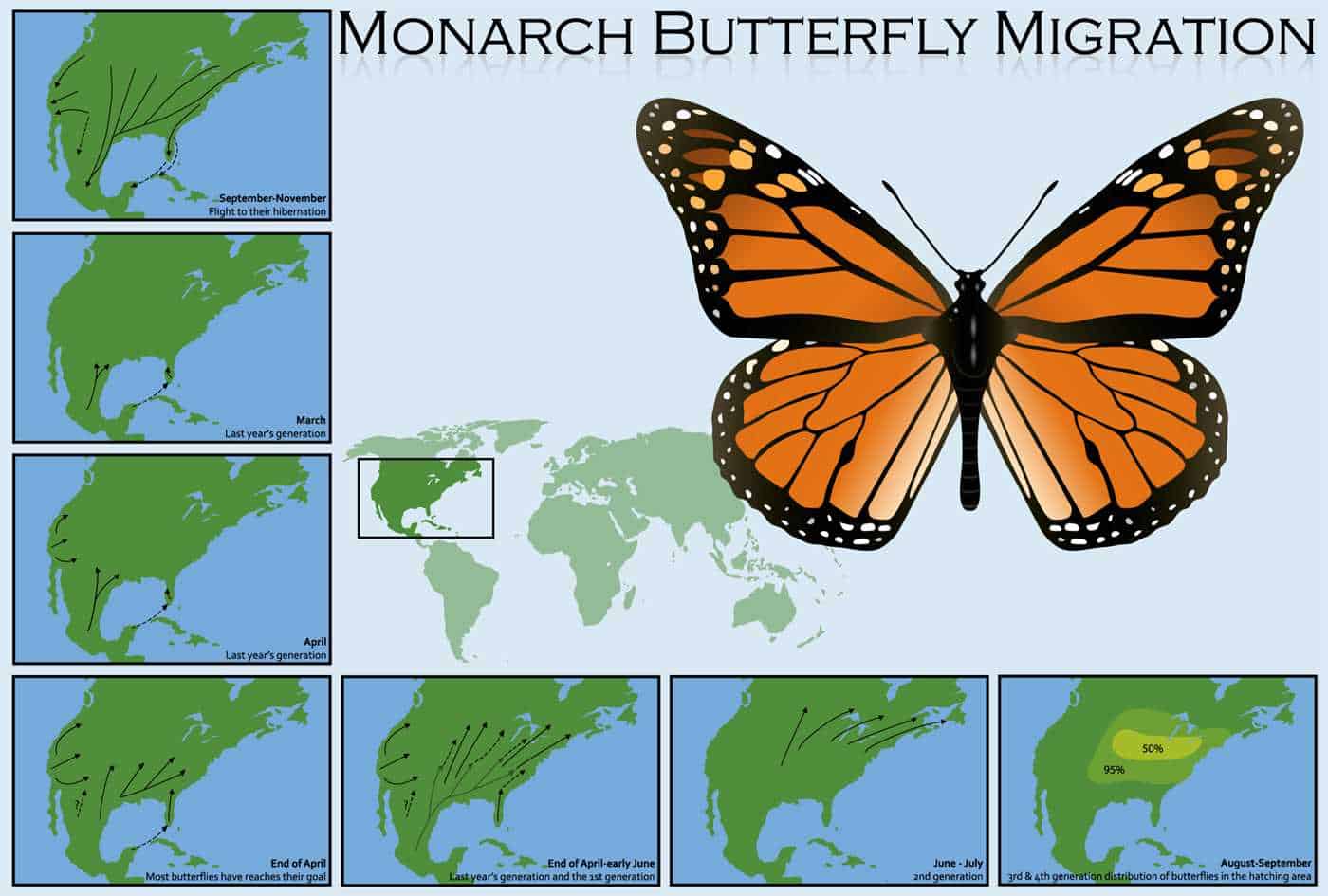
- One of the most famous butterfly migrations is that of the monarchs, which fly more than 4,000 kilometers each year from Canada to Mexico and back.
- Butterfly migration can take several generations. Some butterflies make long journeys, breed in a new place and die, leaving offspring that continue the journey.
- During the journey, butterflies can feed on the nectar of flowers, which helps them maintain energy to continue the journey. They may also use other insects as a food source.
Overall, butterfly travel is a phenomenon that continues to amaze scientists and nature lovers. Their ability to fly long distances, use magnetic fields and wind, and their amazing migrations make these insects some of the most amazing creatures on Earth.
Causes of butterfly migrations: internal and external factors
Butterfly migrations are an amazing natural phenomenon. They occur for various reasons, both internal and external.
Internal factors
One of the internal reasons for butterfly migrations is the need to find food and reproduce. Some species of butterflies migrate long distances to find certain plants that are their food source. They can fly hundreds or even thousands of kilometers to reach these places.
Also, the internal reason for migration is the need to escape unsuitable environmental conditions. Some butterflies migrate from dry or cold areas in search of a more favorable environment for survival.
External factors

One of the external factors affecting butterfly migration is climate change. Changes in temperature and rainfall can change the distribution of plants, which in turn affects the migration of butterflies.
Also, an external factor affecting migration is the presence of obstacles on the way. Some butterflies are forced to migrate to avoid mountains, rivers, or other barriers that prevent them from reaching their destinations.
In general, butterfly migrations are a complex and unique phenomenon, which is explained by both internal and external factors. The study of these causes allows us to better understand and appreciate the significance of migrations in the life of butterflies and nature in general.
Butterfly Migration Sites: Continental and Oceanic Journeys
butterflies - These are amazing creatures that are able to travel great distances in search of food, a partner and a place to breed. They migrate both on continents and in the oceans, creating real performances of nature.
Continental travel
One of the best-known examples of continental butterfly migrations is the monarch migration. These beautiful insects make an amazing journey every year from North America to Mexico where they spend the winter. At the same time, they cover a distance of up to 4 thousand kilometers. In the spring, they return north again to breed and find new food sources.
Another well-known migration is the journey of locust butterflies in Africa. These small butterflies fly south in search of food and water. They can cover a distance of up to 2 thousand kilometers and create real clouds by filling the air with their wings.
ocean travel
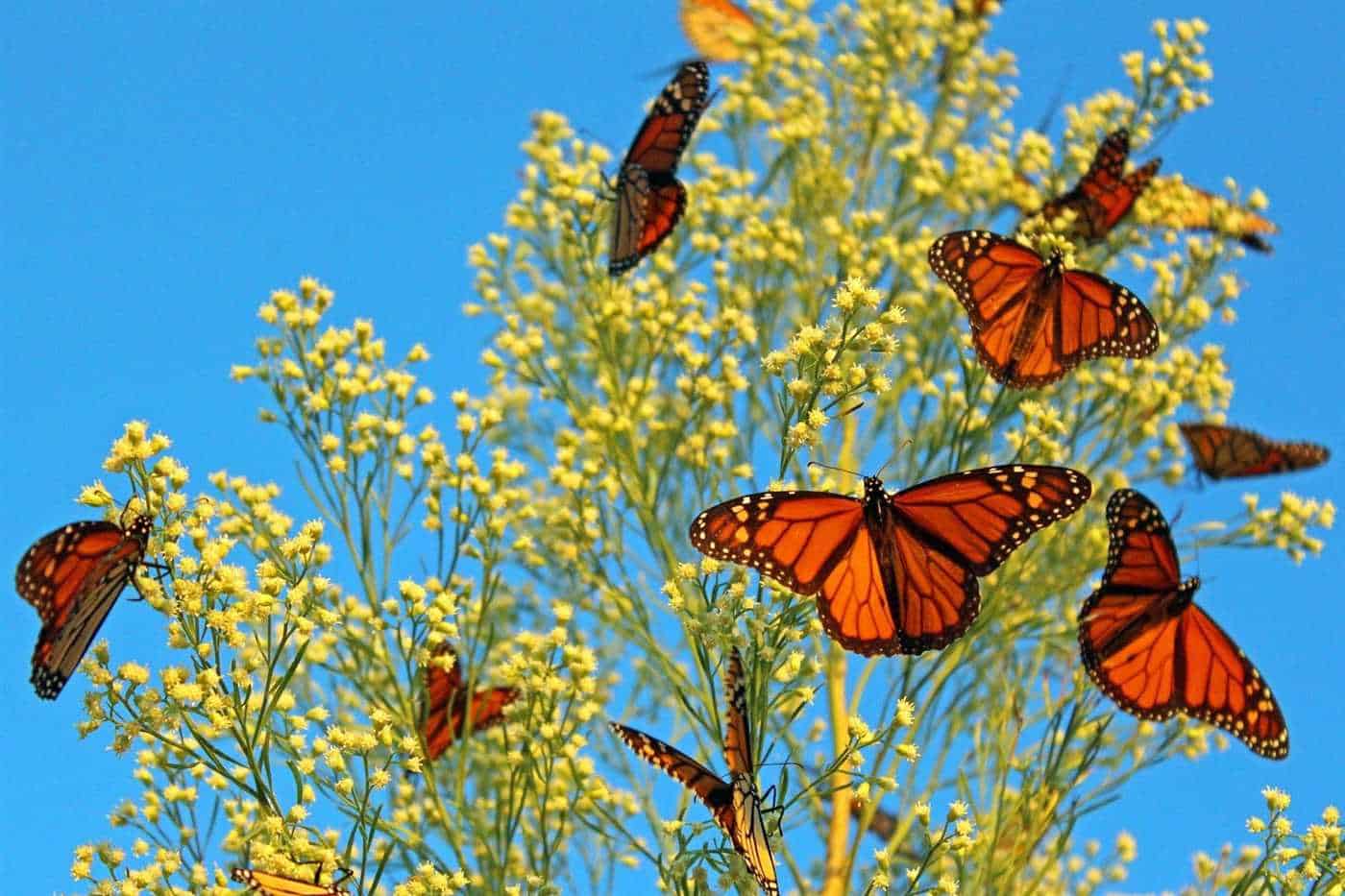
Butterfly ocean migrations are also spectacular. For example, boat butterflies travel across the ocean, crossing hundreds of kilometers in search of new habitats. They use the wind and currents to cover this vast distance.
Another example of oceanic migration is the voyage of vicero butterflies in South America. They fly over the ocean, covering a distance of up to 3 thousand kilometers. This journey allows them to find new places to breed and feed.
North and South America: Top Butterfly Destinations
The Americas are important destinations for many species of butterflies that make amazing migrations in search of favorable conditions for reproduction and survival. These regions have ample food and suitable places to lay their eggs, making them attractive to butterflies.
North America
One of the main destinations for butterfly migration in North America is Mexico. Here, every winter, hundreds of millions of monarch butterflies travel over 4,000 kilometers from the US and Canada to spend the winter in the forests of Mexico. These butterflies choose certain mountains where they create massive colonies and wait for spring to return north.
In North America, migrations of other butterfly species can also be found. For example, blue morpho butterflies make long journeys from Central America to the USA and Canada. They travel great distances to find suitable places to feed and breed.
South America
South America also has several major destinations for butterfly migration. One of the most famous is the Amazon. Butterflies from different parts of the continent travel to this vast tropical zone, where there are many types of plants that serve as food for butterflies and their caterpillars.
In addition to the Amazon, South America also attracts butterflies with its mountainous regions and nature reserves. For example, the butterflies of the El Avila mountain region in Venezuela travel up to 2,000 meters to find suitable breeding conditions.
Thus, North and South America are important destinations for butterfly migration, where they find suitable conditions for feeding, reproduction and survival.
Africa: amazing butterfly migrations through deserts and savannahs
Africa is a unique place to watch amazing butterfly migrations. Every year, millions of butterflies travel through the deserts and savannas of the continent in search of food and better breeding conditions. These migrations are among the longest and largest in the world and attract the attention of scientists and nature lovers from all over the world.
One of the most famous butterfly species migrating through Africa is the monarch. These beautiful butterflies fly thousands of miles from their wintering grounds in South Africa to their breeding grounds in East and West Africa. During their journey, they cross the Sahara and Kalahari deserts, as well as savannahs and forests. Their migration is associated with seasonal changes in climate and the availability of suitable plants for laying eggs.
Another impressive species of butterflies migrating through Africa are the African cabbage butterflies. These butterflies also make long journeys in search of food and breeding conditions. They migrate from northern Africa to the southern countries of the continent, passing through a variety of landscapes, including deserts and savannahs. Their migrations are often accompanied by mass flights, when thousands of butterflies fly together, creating an incredible spectacle in the sky.
Butterfly migrations through the deserts and savannas of Africa are amazing natural phenomena. They demonstrate the amazing endurance and adaptability of these gentle creatures. Butterflies travel vast distances, risking danger along the way, in order to find the best conditions for survival and reproduction. These migrations also play an important role in the distribution of pollen and help maintain biodiversity in different regions of Africa.
Asia: mountain ranges and valleys where butterflies fly
Asia is home to amazing butterfly migrations that pass through the mountain ranges and valleys of this continent. One of the most famous migrations is the path of monarch butterflies, which fly thousands of kilometers from Siberia and Mongolia to India and South Asia.
The mountain ranges of Asia, such as the Himalayas and the Tien Shan, are real barriers to migrating butterflies. However, thanks to the ability of butterflies to overcome altitude differences and use thermal currents, they will be able to overcome these obstacles and continue their journey to their destination.
Asia's many valleys provide ideal places for butterflies to stop along the way. In these valleys, butterflies can find food and suitable conditions for resting and breeding. For example, the Kashmir Valley in India and the Yangtse Valley in China are known for their rich vegetation cover and are important stops for migratory butterflies on their journey.
Thus, the mountain ranges and valleys of Asia represent important travel points for migrating butterflies. Their ability to overcome altitude differences and find ideal conditions for resting and breeding makes their journey truly amazing.
Europe: summer and winter butterfly migrations
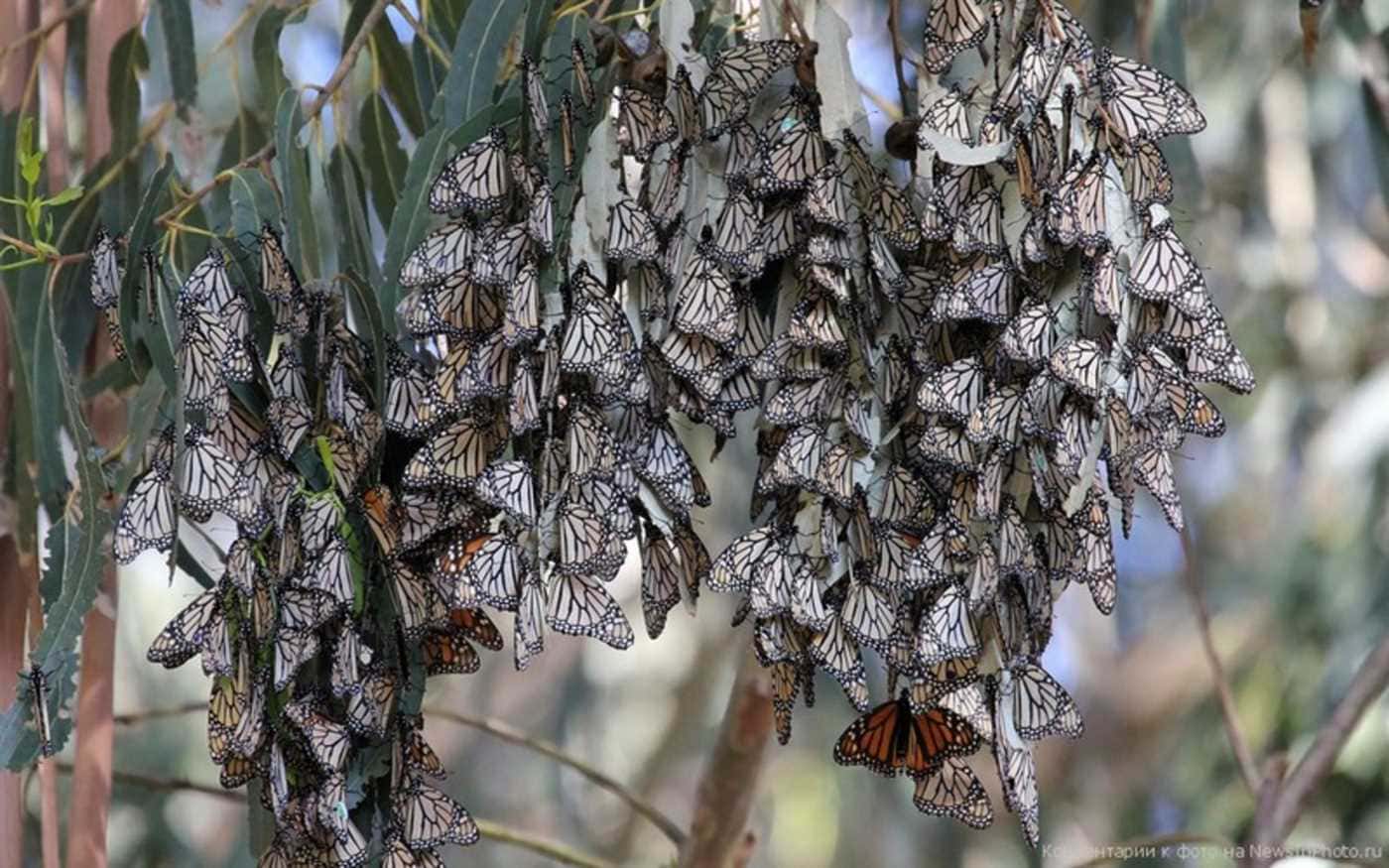
Butterflies are one of the brightest and most beautiful creatures on our planet. They attract attention not only with their colorful wings, but also with their stunning migrations. In Europe, both summer and winter migrations of butterflies can be observed.
Summer migrations
Butterfly summer migrations in Europe are an amazing phenomenon. Every year, millions of butterflies go on long journeys in search of food and favorable conditions for breeding. One of the most famous summer migrations is the migration of monarch butterflies. They fly up to 4 thousand kilometers, moving from North America to Mexico.
Winter migrations
Butterfly winter migrations in Europe are also an amazing phenomenon. Many species of butterflies leave their summer habitats and travel south, where the air temperature is below freezing. One of the most famous winter migrations is the migration of admiral butterflies. They fly across the English Channel to spend the winter on the southern coasts of Great Britain and Ireland.
Butterfly migrations in Europe are an amazing and exciting spectacle that attracts the attention of many people. Watching these colorful creatures as they travel is a real joy for the eyes and soul.
Australia and Oceania: features and travel routes of butterflies
Australia and Oceania are unique regions that attract attention not only with their beauty, but also with the diversity of flora and fauna. Butterflies are no exception - here you can find many species of these winged creatures that migrate throughout the year.
One of the most famous butterfly species migrating to Australia and Oceania is the monarch. These butterflies go through an amazing journey, flying thousands of kilometers to reach warm and cozy places to breed. They start their journey from the northern regions and gradually move south, covering vast distances.
Other popular butterfly species that migrate to Australia and Oceania are admirals and bruises. These colorful butterflies also travel long distances to find suitable breeding and food sites. Their routes depend on the time of year and the availability of plants on which they can feed.
Butterfly migrations in Australia and Oceania can be observed at different times of the year, depending on the region and the species of butterfly. Some species migrate in winter, when it gets cold in some regions, while others prefer summer or spring. The places they choose to rest and breed are also varied - these can be coastlines, mountains or even urban gardens.
In general, Australia and Oceania provide ideal conditions for butterfly migration due to their climate and richness of vegetation. These beautiful and delicate creatures create a unique picture in the sky and add a special charm to the nature of these regions.
Antarctica: unique butterfly migrations in cold and ice conditions
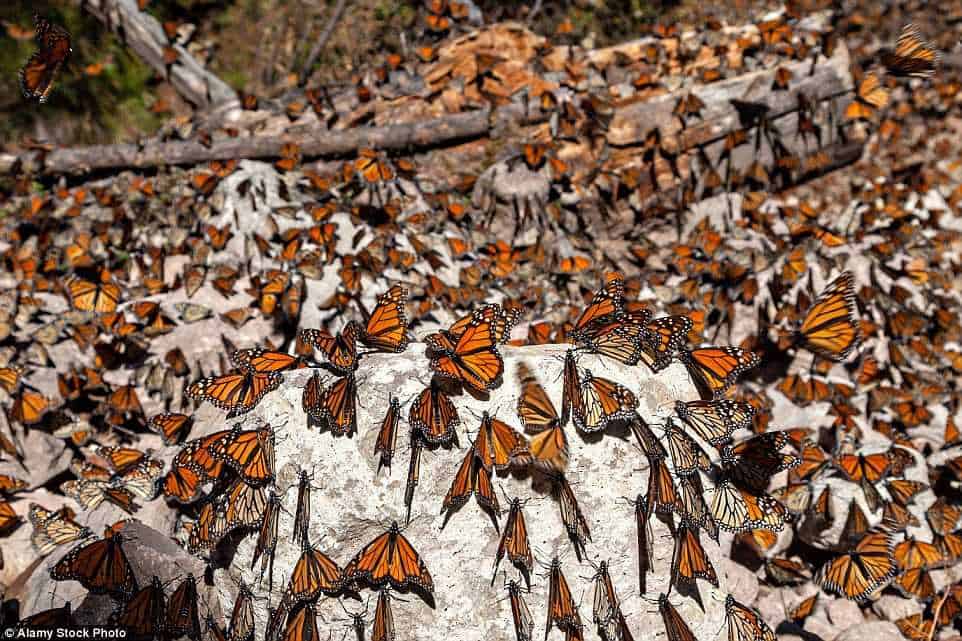
Antarctica is one of the coldest and most inhospitable regions on our planet. However, even here you can see amazing migrations of butterflies. Despite the extreme conditions, some species of butterflies make long and dangerous journeys in search of food and suitable places to breed.
One of the most famous species of butterflies that migrate to Antarctica is the ice tadpole. These small butterflies travel hundreds of kilometers to reach the Antarctic coast. They specialize in eating algae that grows on ice, which is why they need to move with ice blocks.
Another amazing Antarctic migrant is the algae-eating butterfly. This type of butterfly also feeds on algae, but unlike the ice tadpole, they hunt them right in the water. They are able to dive to a depth of several meters and spend a long time there to find food. Their migrations are associated with temperature fluctuations around Antarctica and changes in algae habitats.
The unique migrations of butterflies in Antarctica testify to their incredible adaptability and ability to survive in the most extreme conditions. These journeys not only help the butterflies find food and ideal breeding conditions, but are also an important factor in the balance of the Antarctic ecosystem.
The impact of human activity on butterfly migrations and how to conserve them
Butterfly migrations are an important aspect of their life cycle, but human activities can have a negative impact on these amazing journeys. One of the main reasons for the threat to butterflies is the loss of their natural habitat. Human activity, such as deforestation for agriculture or development of territories, leads to a decrease in the area of available places for butterflies.
Also, the use of pesticides and insecticides in agriculture can negatively affect butterflies and their migration. These chemicals can destroy their natural food sources and also have toxic effects on their bodies. As a result, butterfly populations may decline and their migrations become less stable.
However, there are ways to save butterflies and their migrations. It is important to take measures to preserve and restore their natural habitats. This may include the creation of conservation areas where the butterflies are given sufficient area to migrate and breed. Also, it is necessary to limit the use of chemicals in agriculture and pay attention to the use of more environmentally friendly methods.
It is also important to carry out outreach and educational programs to raise public awareness of the importance of butterflies and the need for their conservation. Humans can become active contributors to protecting butterflies by creating special gardens with plants that attract butterflies and provide them with the food and shelter they need.
Read more:
